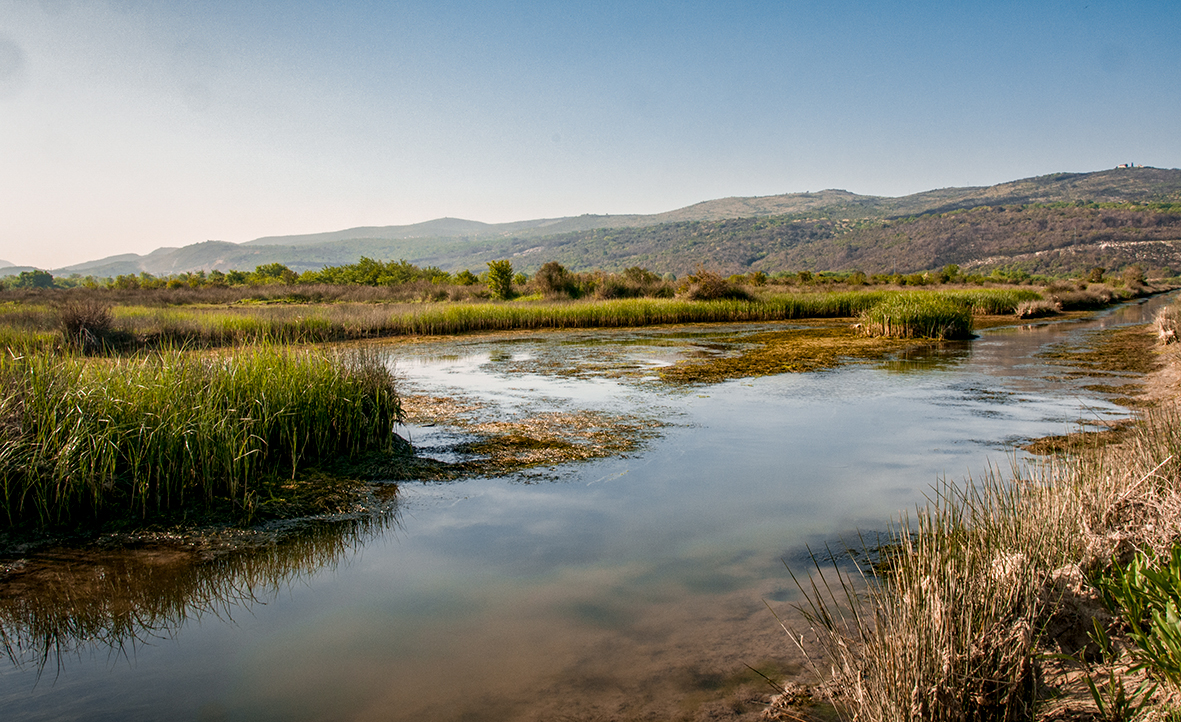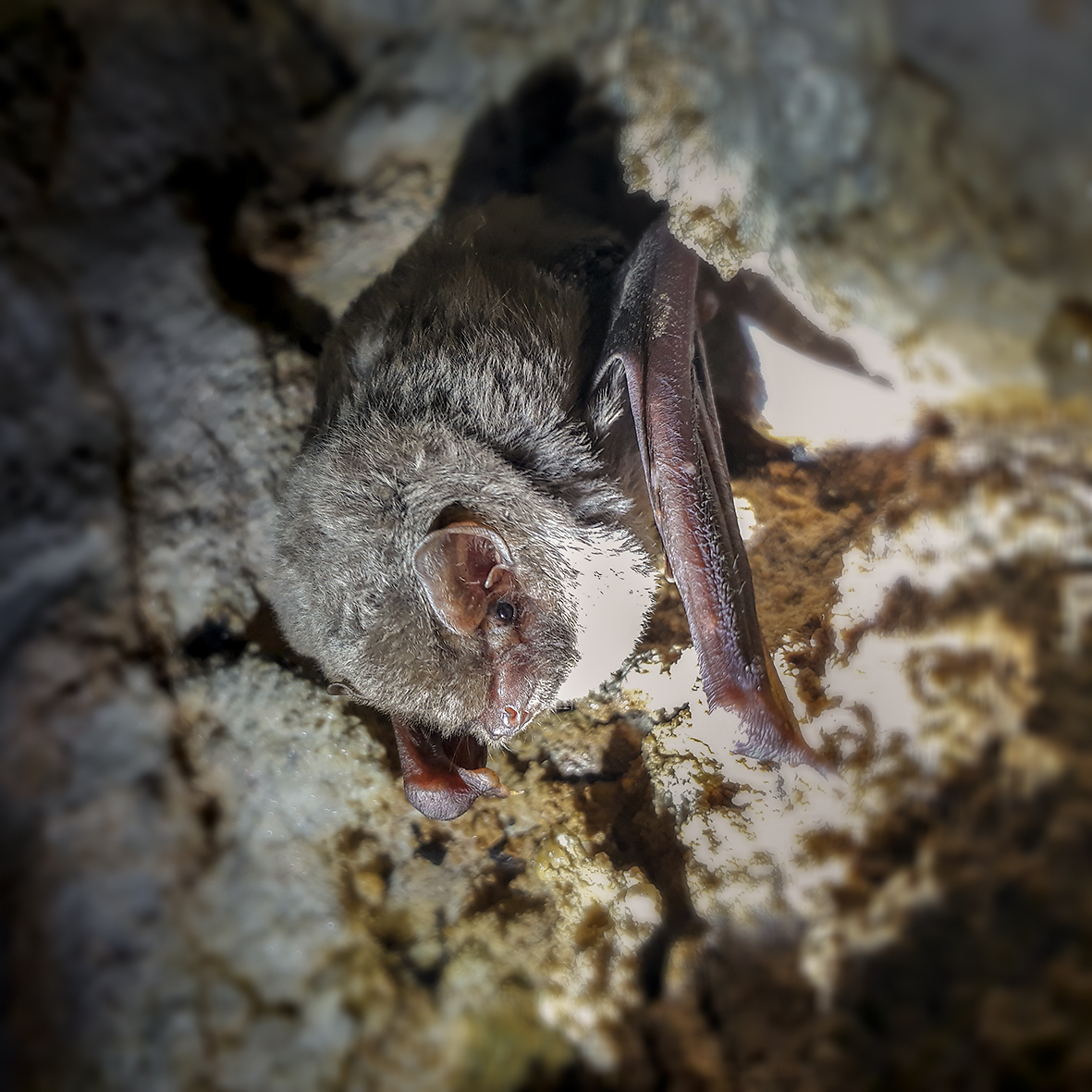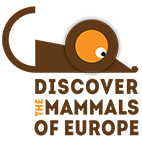The Special Flora and Fauna Reserve Tivat Saline (Tivatska solila) in Montenegro is in the so-called southernmost fjord of Europe and is under pressure of the fast-growing tourism businesses in the region. Two Dutch volunteers went there to map the presence of mammals. You can do the same. Volunteer!
Montenegro
 To be able to manage the area in a proper way, the management of the reserve want to know what kind of mammal species are present in the area. Mapping mammals is not an easy task and therefore the local biologist Marina Radonjić asked the Dutch Mammal Society for help. In April 2018, Bernd-Jan Bulsink and Chris Driessen drove to Montenegro. In the trunk of their car, they carried a load of live traps, camera traps, and mist nets. They spend five days in the reserve surveying mammals.
To be able to manage the area in a proper way, the management of the reserve want to know what kind of mammal species are present in the area. Mapping mammals is not an easy task and therefore the local biologist Marina Radonjić asked the Dutch Mammal Society for help. In April 2018, Bernd-Jan Bulsink and Chris Driessen drove to Montenegro. In the trunk of their car, they carried a load of live traps, camera traps, and mist nets. They spend five days in the reserve surveying mammals.
Bernd-Jan and Chris collected data of at least seven species in the Tivat saline:
- Wood mouse (Apodemus sylvaticus)
- House mouse (Mus musculus)
- Lesser white-toothed shrew (Crocidura suaveolens)
- Small Indian mongoose (Herpestes auropunctatus)
- Red fox (Vulpes vulpes)
- Golden jackal (Canis aureus)
- Kuhl’s pipistrelle (Pipistrellus kuhlii)
- Long-fingered bat (Myotis capaccinii)

Schreibers’ bat (Miniopterus schreibersii) (Photo: Bernd-Jan Bulsink)
In the fortresses around the bay, they found several groups of Greater horseshoe bat (Rhinolophus ferrumequinum) and Lesser horseshoe bat (Rhinolophus hipposideros). Other species, like Greater mouse-eared bat (Myotis myotis), Lesser mouse-eared bat (Myotis blythii), and Schreibers’ bat (Miniopterus schreibersii) were present too, but they were in torpor. Possibly, these males were waiting for the females to arrive. Based on the piles of bat excrements, these fortresses are probably also used by hibernating bats. Also seen were a Badger (Meles meles) and a Beech marten (Martes foina) but both were seen outside the reserve, near to the village Škaljari.
The number of small mammal species in the reserve was somewhat disappointing. The cause could be the time of year. Usually, small mammal populations are low after winter and increase in the course of the year. It is possible to carry out more trapping sessions in the reserve. The mammal survey will continue till October 2018. If you are interested in helping Marina Radonjić, you can contact the Field Study group of Dutch Mammal Society for more details.
Further reading:
- Kultur- und Naturschutz in Montenegro nun Hand in Hand
- Tivat Salina has become a Ramsar nature reserve
- Montenegro and marine protected areas (link to PDF file)
- Save Salina campaign







